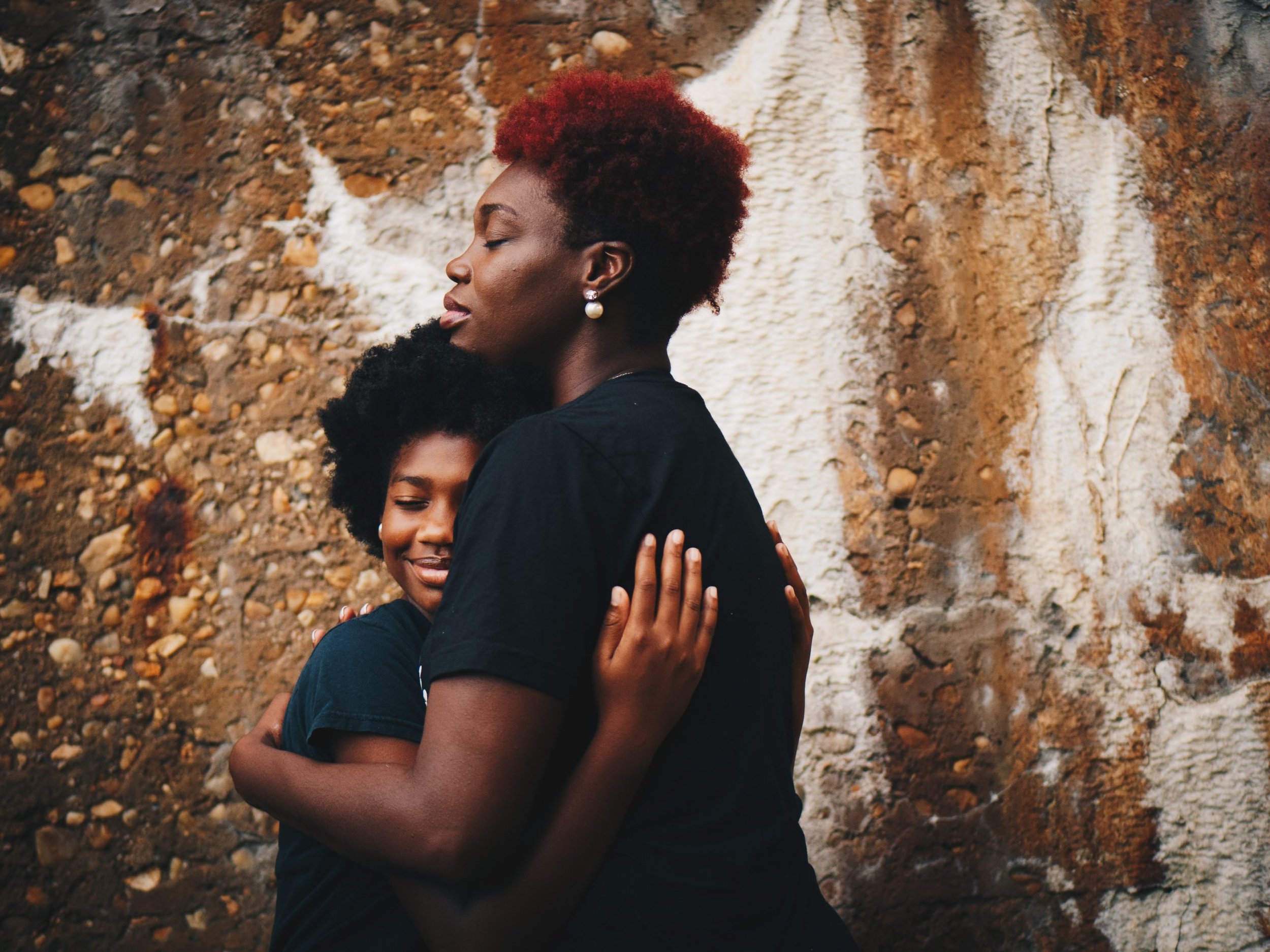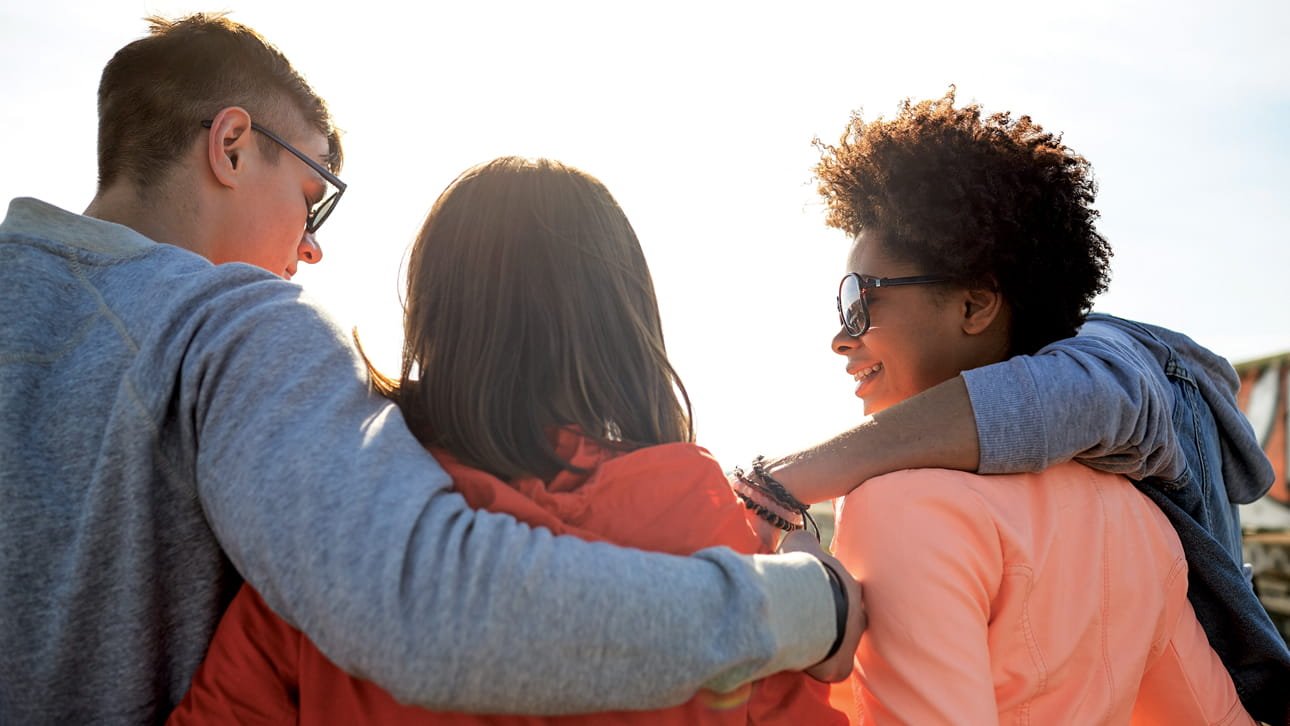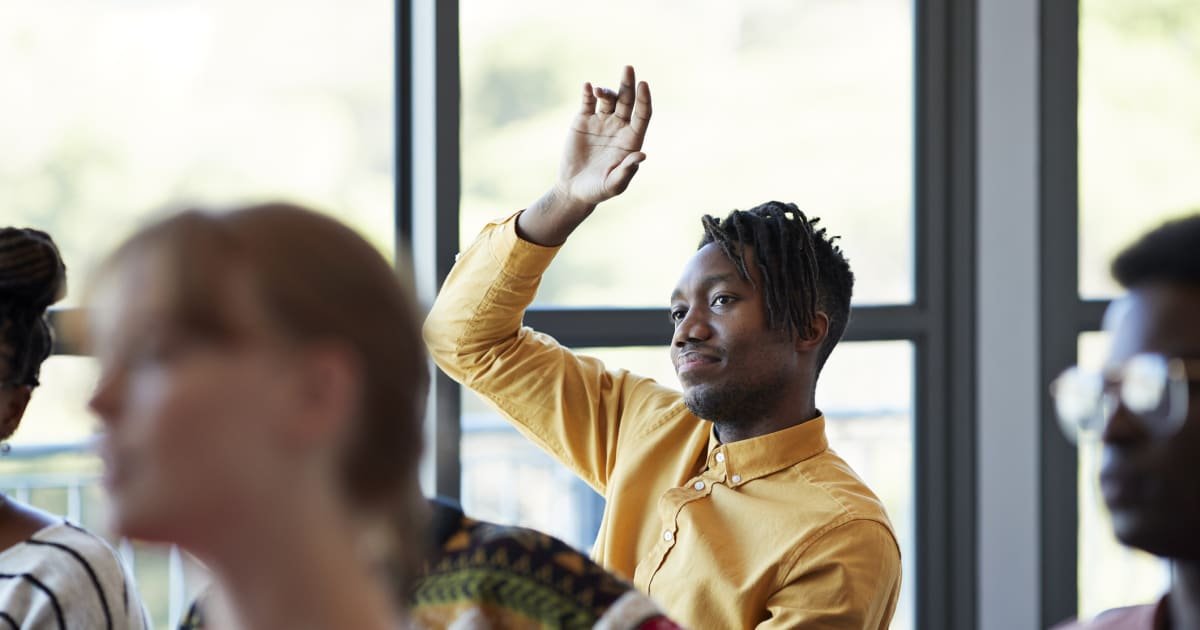
LET’S Cancel the rise of suicide in our communities.
Since 2019, suicide mortality in black communities has doubled. Suicide amongst black teens alone has become a mental health crisis hiding in plain sight.
Through Empowerment, Action, and Kindness, we will break through the silence and the stigma.
We will thrive.

YOU ARE NOT ALONE.
And you are not hopeless. We will get through this together.
“It takes work, persistence, trust and self-examination. But I’m committed to my mental health. I’m committed to helping others...”
—FOUNDER, EXECUTIVE DIRECTOR, AND SURVIVOR RACHEL CHENOA J

THERE IS HOPE.
Know someone who needs help? Don’t know where to start? Start here.
Get Connected. Get Help. Get Support. And get involved. We are in this together.
FAQs
-
There are many factors, such as traumatic and difficult life events, that can contribute to suicide risk. However, an estimated 90% of people who take their own lives have a mental health condition, such as a depressive disorder, bipolar disorder, anxiety disorder, schizophrenia, or substance use disorder. The most common source of suicide risk is when a mental health condition is mistreated or left untreated.
-
According to the most recent Centers for Disease Control and Prevention (CDC) statistics, suicide is responsible for nearly 45,000 deaths in the U.S. each year — an average of 123 a day. CDC also estimates that, in 2016, nearly 10 million American adults seriously contemplated ending their life, nearly 3 million made a suicide plan, and 1.3 million attempted suicide.
-
There are several ways to talk to a family member, friend, co-worker, or acquaintance thinking about suicide. To get started, see SAVE’s advice on beginning a dialogue with someone, asking the right questions, and knowing what to say and do based on what you learn from the conversation.




